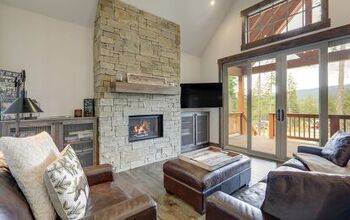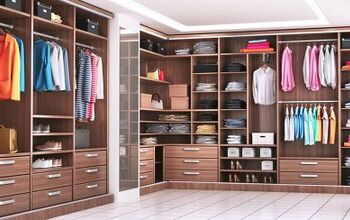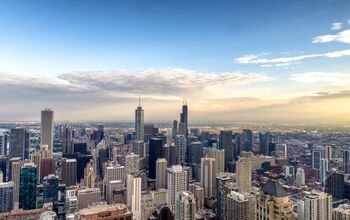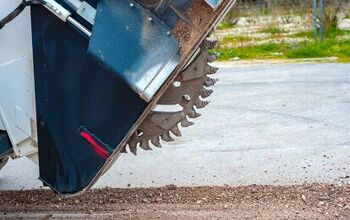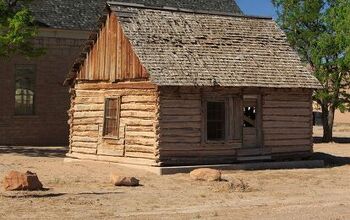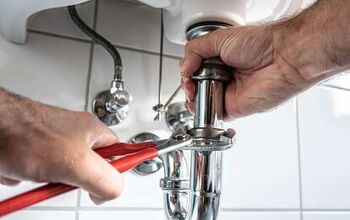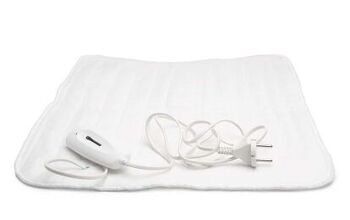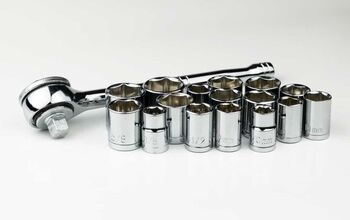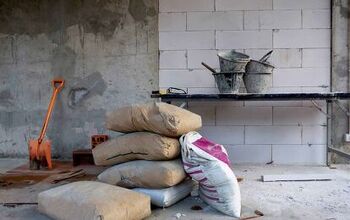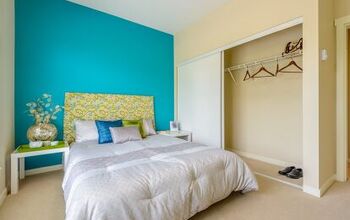Is Paneling Cheaper Than Drywall?

Back in the 50s, paneling was very popular. But it lost its glamour in the 80s as homeowners wanted to brighten up their homes with colors and sunlight. However, wood paneling is coming back. It has a whole new way of adding character to your home. But is paneling cheaper to use than drywall?
Because prefinished wall paneling varies so much in price, it is hard to determine the actual cost difference. But in general, paneling is more expensive. While paneling varies from $30 to $90 per panel, drywall sheets are about $10 to $30 per sheet.
There are some complications with these costs though. The main thing is that when you use paneling, you usually have to use drywall behind it. But the cost of the drywall does not take into effect the cost of paint and other needs when having to install and paint over the drywall.
Do You Need Wall and Ceiling Contractors?
Get free, zero-commitment quotes from pro contractors near you.

Adding The Cost Of Paint To Your Total Costs
The cost of paint varies depending on the brand as well as the quality and texture. One gallon of discount white interior flat paint will typically run about $20. However, the cost can increase up to $70 per gallon or more for high-quality glossy paint. Then you have to consider how many gallons of paint you will need to cover the drywall.
The average home uses about six gallons of paint per coat and you usually need two coats of paint. So, that is 12 gallons of paint. If you choose the cheap paint, at $20 per gallon, you can get the whole interior painted for under $240. However, if you want a fancier paint, you can end up paying about $1,200. Here are some average costs per gallon for the top 10 major brands.
| Brand | Flat | Eggshell | Satin | Semi-Glossy | Glossy |
| Glidden | $20 | $25 | $30 | $35 | $40 |
| Behr | $25 | $30 | $35 | $40 | $45 |
| Olympic | $25 | $30 | $35 | $40 | $45 |
| Pratt & Lambert | $30 | $35 | $40 | $45 | $60 |
| Kelly Moore | $30 | $35 | $40 | $45 | $60 |
| Valspar | $35 | $40 | $45 | $50 | $60 |
| Clark & Kensington | $35 | $40 | $50 | $55 | $70 |
| Dutch Boy | $45 | $50 | $55 | $60 | $70 |
| Sherwin-Williams | $45 | $50 | $60 | $65 | $70 |
| Benjamin Moore | $55 | $60 | $65 | $70 | $80 |
The Costs: Inexpensive Or High Quality
Depending on what you want to spend, you can get your home finished for under $750 including the paint and drywall. But the costs will increase depending on the brand and type of paint. The highest quality paint is about $1,000 and when you add on the cost of the drywall, the cost is approximately $1,510. However, the cost of the paneling is much more.
Even the most inexpensive wood paneling will run you at least $1,500. And that does not cover the cost of drywall underneath. Add some drywall underneath and your cost increases to $2,250. This more high-quality wood paneling can cost up to $4,500. Tack on the drywall underneath and the price jumps to $5,250.
This does not include other costs such as primer, which has to be used before using many of the more inexpensive brands of paint. The other items you will need that are not included are tape, brushes, rollers, paint trays, drop cloths, and cleaners.
Long Term Costs
The paint is not a one-time cost though because you will have to repaint your walls at least once every five to 10 years. Wood paneling should last for the lifetime of your home or until you get tired of looking at it. That means if you add on the cost of repainting, the paneling job will pay for itself after 10 years or so, depending on the type of paint and wood paneling you choose.
New Types Of Wood Paneling
Today’s wood paneling is nothing like what you had in your mother’s basement. Most often, you will find real hardwood veneer rather than photograph veneer you used to see. Some also use solid hardwoods rather than veneer. This will cost more and is rarely used because nobody wants to kill a whole forest to make their home look good.
The veneer is the best choice for almost all homes if you want wood paneling. It is just as durable as solid wood while being cheaper and more environmentally friendly. Some of the hardwoods used nowadays include:
- Teak
- Macassar
- Zebrawood
- Mahogany
- Wenge
Different Types Of Paint
To make things even more confusing, manufacturers have come up with so many new variations and types of paint to choose from. We are going to try to help take the mystery out of them for you. The basic ones are flat (matte), semi-gloss, and high-gloss. But there are also the eggshell and the satin types to consider as well.
- Flat or Matte: Since flat or matte paint covers the best and is not reflective, this is the most popular paint finish used for interiors. This is especially good for low traffic areas and ceilings because they are the least durable. This type of paint also requires fewer coats than others.
- Eggshell: This is also another popular paint finish. With a slight luster and more durability than flat or matte, eggshell is good for places with medium traffic like the entryways, hallways, and living rooms. It also resists scuffs and stains.
- Satin: Another common interior paint finish is satin. It has a velvety sheen while still having the durability for high traffic areas like kids’ rooms, kitchens, and bathrooms. This makes it easier to clean and better suited for these areas.
- Semi-Gloss: This shiny and reflective type of paint finish bounces light for a nice sheen. It is also easy to clean because it is more durable than the other three. High traffic areas with a lot of moisture like laundry rooms and bathrooms are typically where you will see semi-gloss paint.
- High-Gloss: As the most reflective, it is also the most durable and easiest to clean. However, it is also the most expensive and the sheen makes it better for small areas like baseboards or trim. High-gloss is also recommended for curb appeal on window casings and shutters.
Primer: Use Or Lose?
Not everyone uses a primer before painting. The truth is that it is not even necessary in some situations. Primer is usually used when painting for many reasons. And some of the new paints come with primer mixed in. The higher-quality paints do not typically need a primer at all.
Primer is paint with more solids and an adhesive binder combined in it. This seals the exterior that you are painting to give you a cleaner and smoother surface to paint. In fact, in that regard, primer is more of a sealant or adhesive than a paint. Still, there are some reasons why you should use primer when you paint such as:
- When the surface is darker than the paint you are using
- If your walls have any stains on them such as water damage or smoke stains
- When the surface has an odor from pets, smokers, or fire
- If the walls are glossy
- When your surface is porous
Cheaper Alternatives To Drywall
If you don’t want to use drywall, but you don’t want to go with any ordinary paneling, there are still several options that you can choose from that are cheaper than drywall.
Some of these options include:
- Pegboard
- Veneer Plaster
- Wahoo Walls
You can get creative when it comes to your walls. Just how creative you want to be depends on your personality, but hear us out before you say no!
Pegboard
When you’re thinking about drywall alternatives, you probably didn’t think about pegboard. However, it’s a great option as it’s convenient and you can add extra storage room. People hang their tools from pegboard all the time in the garage.
It’s simple to install since all you have to do is screw it into the studs in your wall. This offers some utility and can be great for certain situations. However, you probably don’t want to put it in your living room. Well, you could! But if that’s not practical for you, then don’t do it.
Veneer Plaster
Veneer plaster is great for the interior walls. It’s even better than drywall! However, it takes someone who is good with a trowel to apply it the correct way. You can also apply this on top of older walls to make them stand out, and look better. The only downside is that it’s more expensive than drywall.
Wahoo Walls
Have you heard of wahoo walls? It’s made from non-organic products and the core of it is expanded using polystyrene. A wall panel that is’ about 4 inches thick will weigh around 95 pounds and has an R-value of 13.
If you’re looking for a wall that is waterproof and mold-free, this would be the best choice. It doesn’t support the growth of mold which is why it’s usually used in basement finishing. However, you can use it in any area of your home!
Do You Need Wall and Ceiling Contractors?
Get free, zero-commitment quotes from pro contractors near you.

To Sum Things Up
Whether you choose paneling or drywall in your home, you have to consider all of the added costs as well as the pros and cons. Think about the use of the room, the traffic of that room, and how often you may want to change the look of the room.
If you prefer to change things up every five or 10 years, drywall and paint are a better solution because you can just paint over what you already have. Paneling is not so easy so it should only be used when you are not planning to change it for many years to come.

I am a DIYer who loves writing about anything home-related. When I am not writing, you can find me studying for my PhD in Psychology, photographing nature, and swimming at the lake with my grandkids.
More by Patricia Oelze



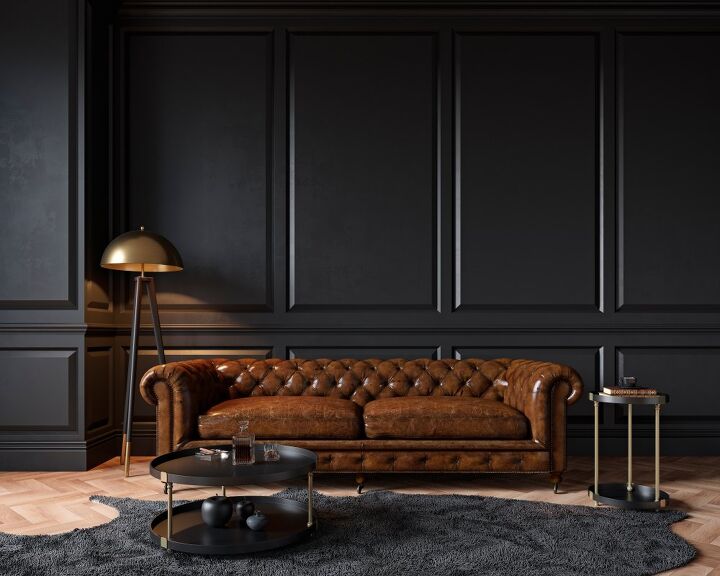






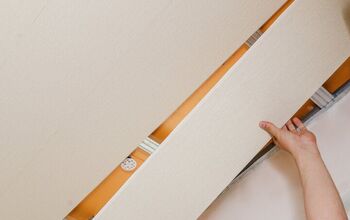
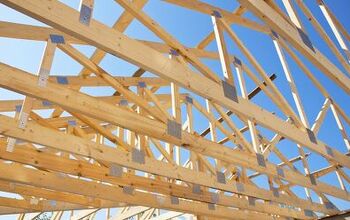
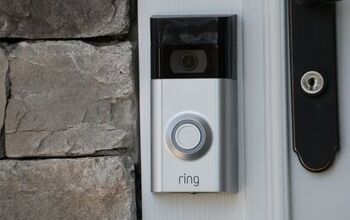
![The 5 Best Angle Grinders – [2022 Reviews & Buyer's Guide]](https://cdn-fastly.upgradedhome.com/media/2023/07/31/9071326/the-5-best-angle-grinders-2022-reviews-buyer-s-guide.jpg?size=350x220)
